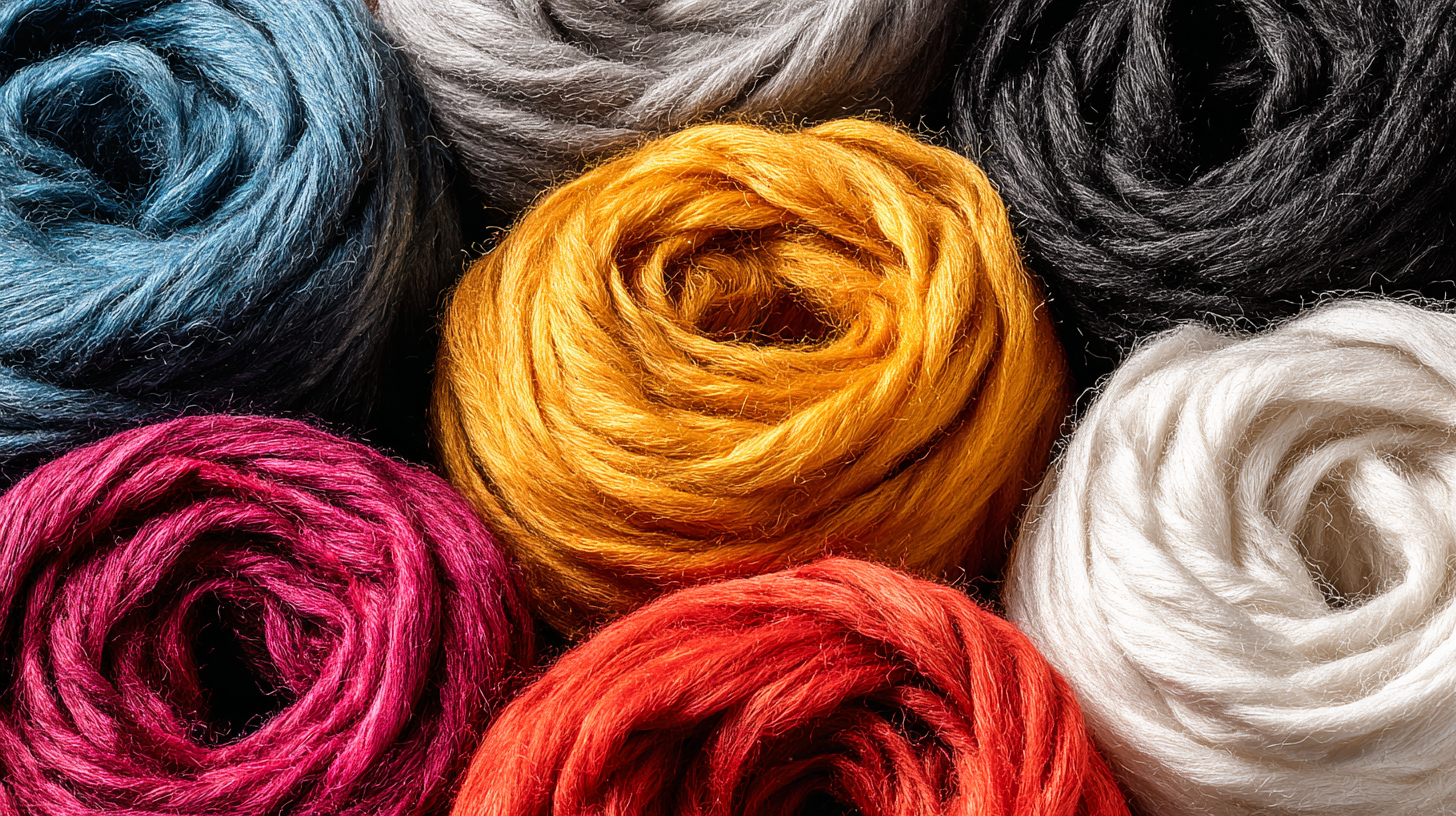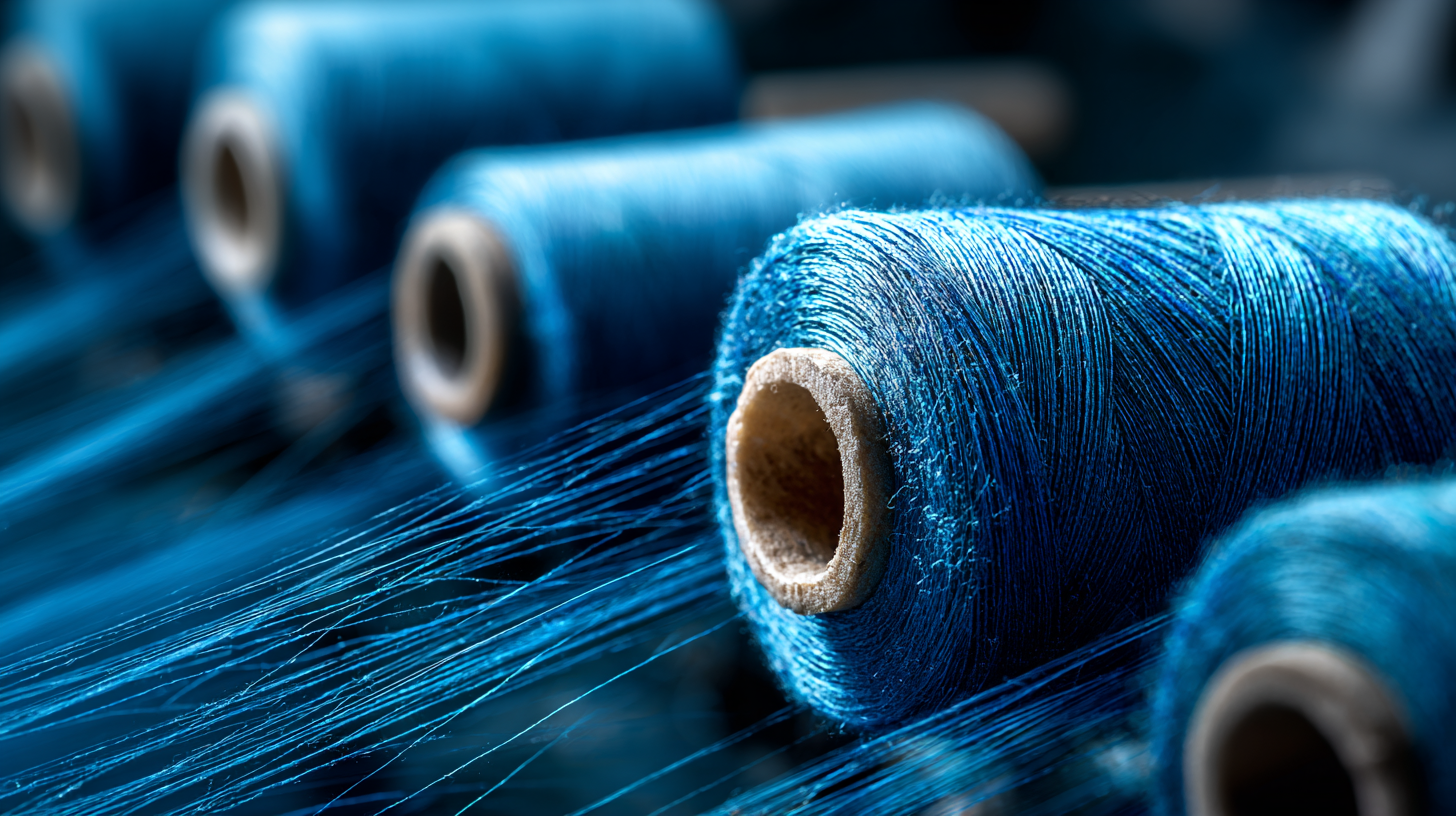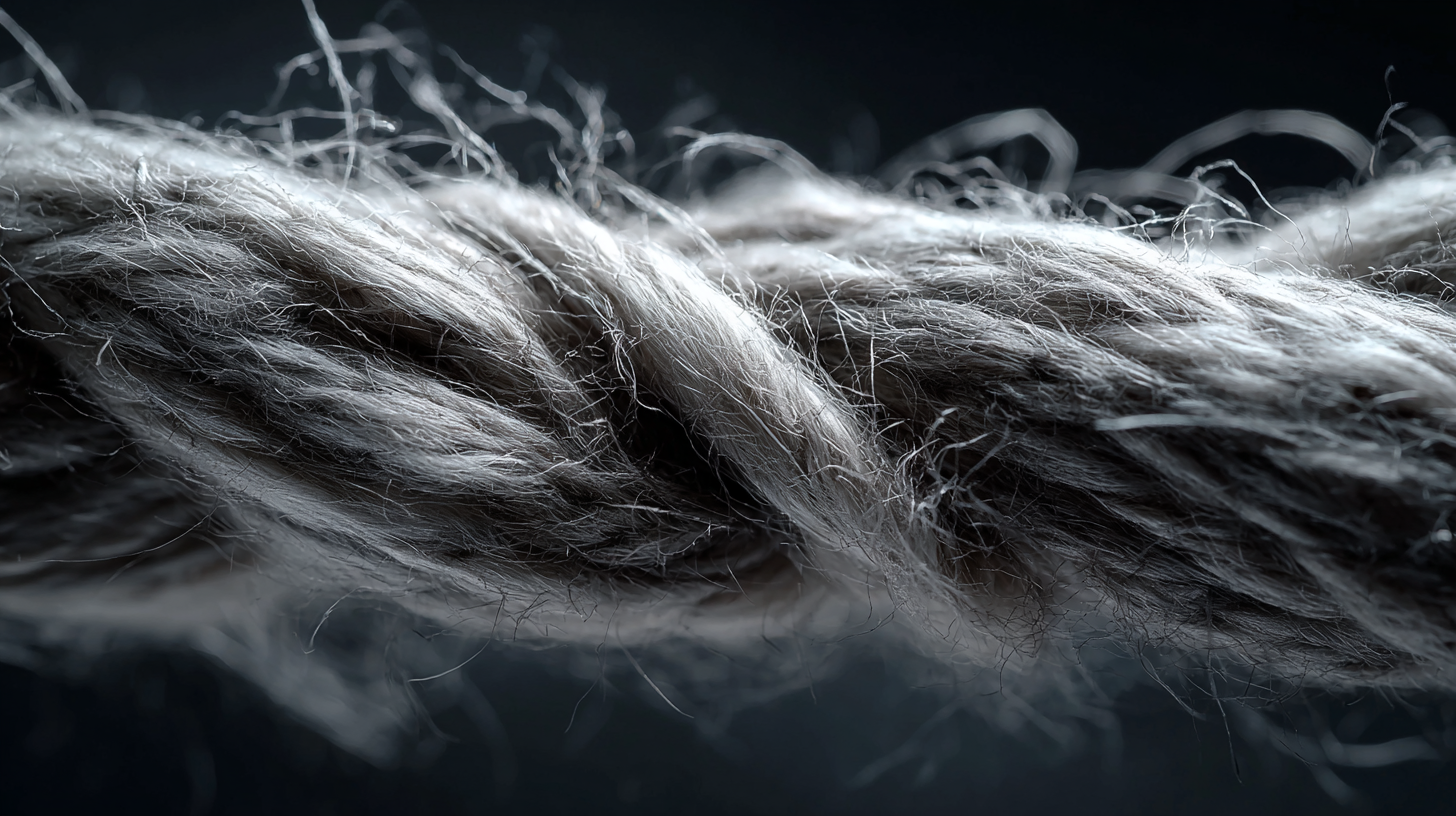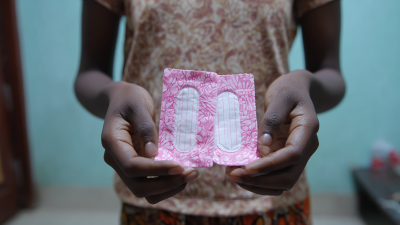
5 Essential Tips for Maximizing the Benefits of Hydrophilic Fiber in Your Textile Products
In the ever-evolving textile industry, the importance of utilizing innovative materials such as Hydrophilic Fiber cannot be overstated. With the global market for hydrophilic fibers projected to reach $12 billion by 2025, driven by increasing demand for moisture management in clothing and home textiles, manufacturers have a unique opportunity to leverage these fibers to enhance product performance. Hydrophilic fibers are known for their exceptional water-absorbing properties, facilitating breathability and comfort in various applications. As consumers become more discerning about fabric functionality, brands that harness the benefits of hydrophilic fibers can significantly stand out in a competitive marketplace. This blog will provide five essential tips for maximizing the benefits of Hydrophilic Fiber in your textile products, ensuring that you not only meet consumer expectations but also drive innovation in your offerings.

Understanding Hydrophilic Fiber: Definitions and Key Properties
Hydrophilic fibers are materials that possess a unique affinity for water, allowing them to absorb moisture effectively. Defined by their ability to maintain comfort and breathability, these fibers play a crucial role in various textile applications, particularly for activewear and home textiles. Understanding the key properties of hydrophilic fibers, such as their moisture-wicking capabilities and softness, can significantly enhance product performance and consumer satisfaction.
To maximize the benefits of hydrophilic fibers in your textile products, consider incorporating moisture management technologies. This technique ensures that moisture is efficiently transported away from the skin, keeping the wearer dry and comfortable. Additionally, focus on blend ratios when mixing hydrophilic fibers with other materials. A balanced composition enhances the performance characteristics without compromising the desired aesthetic and feel.
Lastly, choose the right finishing processes to enhance the hydrophilic properties of your textiles. Treatments like softening agents or anti-static finishes can improve the hand feel and overall functionality, making the end product more appealing to consumers. By staying informed about the properties of hydrophilic fibers and applying these tips, brands can create superior textile products that meet the needs and preferences of modern users.

The Science Behind Hydrophilic Fibers: How They Work in Textiles
Hydrophilic fibers play a pivotal role in enhancing the functionality and comfort of textile products. By understanding the science behind these fibers, manufacturers can leverage their unique properties to create innovative materials. Hydrophilic fibers, which absorb moisture, promote breathability and comfort, making them ideal for activewear and home textiles. Recent developments, such as moisture-wicking textiles with oriented polyacrylonitrile layers, showcase opportunities for ultrafast directional water transport—improving user experience exponentially. Reports indicate that such advancements could significantly elevate consumer satisfaction, especially in sports and outdoor apparel markets, which are projected to reach over $180 billion by 2025.
Furthermore, the integration of hydrophilic coatings with protective features is crucial in textile manufacturing. Studies highlight that eco-friendly coatings — crafted from natural materials like plant waste — not only enhance the hydrophilic properties but also impart resistance to stains and UV radiation. Innovations such as these allow for the creation of multifunctional fabrics that meet the increasing demand for sustainable options without compromising performance. As brands prioritize durability and user-centered design, the importance of understanding hydrophilic fibers in textiles cannot be overstated. Through strategic innovation, companies can maximize the benefits of these fibers, making significant strides in both sustainability and functionality.

Industry Standards: Comparing Hydrophilic Fibers with Other Textile Fibers
When it comes to textile products, the choice of fiber can significantly impact performance and comfort. Hydrophilic fibers, known for their moisture-wicking properties, stand out in comparison to other textile fibers like hydrophobic options. Unlike polyester or nylon, which repel moisture and can lead to discomfort, hydrophilic fibers such as cotton and rayon effectively absorb and release moisture, creating a more comfortable wearing experience. This absorption not only enhances breathability but also makes these fibers ideal for activewear and undergarments.
Furthermore, when evaluating the industry standards, hydrophilic fibers demonstrate superior environmental benefits. Many of these fibers are derived from natural sources, making them biodegradable and more sustainable than their synthetic counterparts. This aligns with the growing consumer demand for environmentally responsible products, as today’s consumers are more conscious of the ecological footprint of their clothing. By incorporating hydrophilic fibers into textile products, manufacturers can not only improve functionality but also appeal to a market that increasingly values sustainability without compromising on quality or comfort.
5 Essential Tips for Maximizing the Benefits of Hydrophilic Fiber in Your Textile Products - Industry Standards: Comparing Hydrophilic Fibers with Other Textile Fibers
| Fiber Type | Moisture Absorption (%) | Breathability (MVP) | Comfort Level (Scale 1-10) | Eco-Friendliness (Scale 1-10) | Durability (Years) |
|---|---|---|---|---|---|
| Hydrophilic Fiber | 80 | 15 | 9 | 9 | 5 |
| Cotton | 70 | 12 | 8 | 7 | 6 |
| Polyester | 30 | 8 | 6 | 5 | 10 |
| Nylon | 25 | 10 | 7 | 6 | 8 |
| Bamboo | 60 | 14 | 9 | 10 | 4 |
Applications of Hydrophilic Fiber: Trends and Market Insights
In recent years, the application of hydrophilic fiber in textile products has gained significant traction, driven by increasing consumer demand for sustainable and functional materials. The global market for hydrophilic fiber is expected to reach USD 5.7 billion by 2025, growing at a CAGR of 7.2% as reported by Grand View Research. This growth is largely attributed to the fibers' ability to enhance moisture management in garments and home textiles, making them ideal for sportswear and activewear applications.
To maximize the benefits of hydrophilic fiber, it’s essential to focus on the right sourcing strategies. One tip is to select fibers that offer superior moisture-wicking properties; this is crucial for products targeting athletes and outdoor enthusiasts. Additionally, integrating hydrophilic fibers with other performance fabrics can further improve overall functionality and comfort.
Another important consideration is sustainability. Consumers are increasingly aware of the environmental impact of their purchases, and incorporating eco-friendly hydrophilic fibers can create a competitive edge. Brands that embrace innovative materials, like recycled hydrophilic fibers, not only appeal to eco-conscious buyers but also align themselves with the ongoing trend toward sustainability in the textile industry.
Hydrophilic Fiber Usage Trends in Textile Products (2023)
Best Practices for Incorporating Hydrophilic Fiber in Textile Manufacturing
Incorporating hydrophilic fiber into textile manufacturing can significantly enhance the performance and comfort of the final product. One best practice is to assess the compatibility of hydrophilic fibers with existing materials in your production line. This ensures that the moisture-absorbing qualities of hydrophilic fibers are effectively utilized while maintaining the structural integrity and aesthetic appeal of the textile. Conducting thorough tests on blends can yield insights into optimal ratios that enhance fabric functionality without compromising softness or durability.
Another essential practice is to prioritize proper dyeing and finishing techniques when working with hydrophilic fibers. Since these fibers are known for their absorbent properties, selection of appropriate dyes and finishes that do not diminish their hydrophilicity is crucial. Furthermore, utilizing eco-friendly dyes can align with sustainable manufacturing goals, attracting environmentally conscious consumers. Training your team on effective processing methods can greatly increase the overall quality of the final products, ensuring that the hydrophilic features remain prominent while meeting industry standards.
Related Posts
-

How to Improve Your Production Efficiency with Et Fiber Technology Insights
-

5 Smart Tips to Choose the Right Fiber Polypropylene for Your Needs
-

Unlocking the Power: Benefits of Hydrophobic Natural Fibers for Sustainable Textiles
-

The Future of Eco Friendly Menstrual Health Solutions
-

7 Best Ways to Utilize Hydrophobic Natural Fibers in Sustainable Fashion
-

Ultimate Checklist for Choosing Sustainable Sanitary Pads: Key Considerations and Statistics



